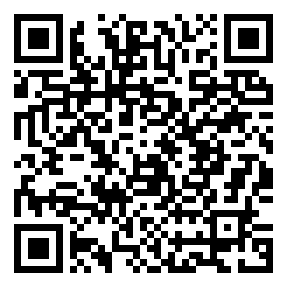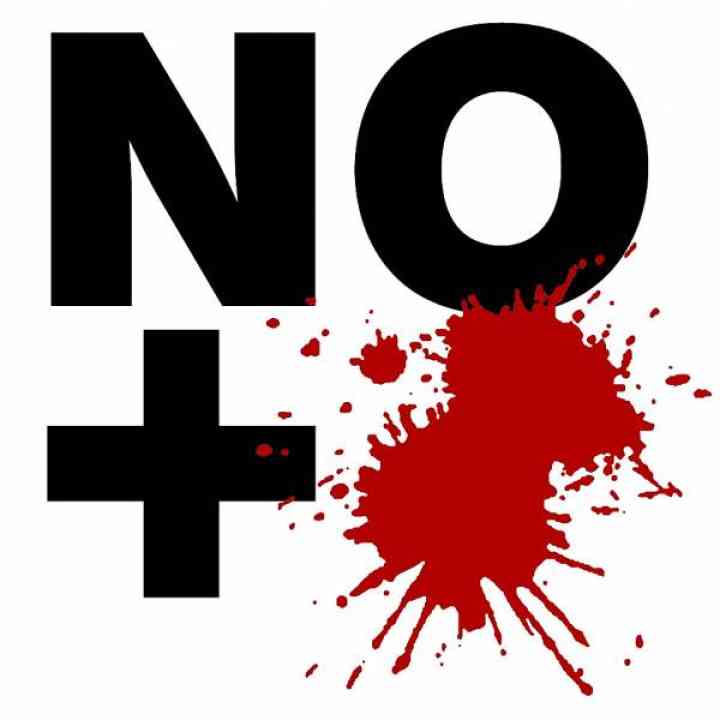Verbal/Non Verbal as an Identifying Polarity
The typological role in identity reference.


In a previous article («With or Without a Symbol), I analyzed this alternative of brand identities, in order to point out when it's convenient to use one or the other, setting aside those cases -undoubtedly real- where such choice turns out effectively indifferent or free.where such choice turns out effectively indifferent or free.
Now, we'll discuss in detail only those brand cases where their stand in favor or against the use of a symbol doesn't come from any of the technical requirements quoted in that article, but from essentially identifying requirements; this is, profile-belonging or from the organization's «personality».
Type and identity
When I identify myself with my nickname, my first name, my surname or even all three of them, I'm creating, in each case, a different type of relationship with my listeners. By signing a message as «Pepe», «José», «García», «José García» or «José ‘Pepe’ García», I surface five dimensions of my personality: I am, in a way, five different people. This means that the identifying sign type itself (whether it is a nickname, a first name, a family name or any of its combinations) already connote from the beginning some traits of personal identity: type isn't non-semic.
Let's imagine that a member of the Bourbon family identifies himself by simply using his first and last name; for instance, Peter Bourbon, and that, however, his cousin James would prefer «James of Bourbon» and, additionally, uses a ring with the Fleur de Lis. These are two remarkably different human types. To adopt or not to adopt a symbol indicates two opposite attitudes. Whatever that symbol is, it'll connote an implicit «lineage» will in the action of installing into society a non-verbal convention, a «heraldic» complicity.
It's the same thing with graphical identifiers. No matter how neutral, abstract or contemporary a design symbol is (DEUTSCHE BANK, ERICSSON, TEXACO), it'll clearly denote a will of self-symbolization (never better said), which is, an aspiration to own an emblem and be acknowledged by it. The symbol is not, as it is commonly assumed, a mere practical resource to solve self-signalization needs, it is not a pictogram that identifies an organization in a quicker, synthetic way than a logotype. To the solely signaling functions of the symbol (not always necessary), one must add the «heraldic» role, always implicit, whether this symbol is necessary or not, regardless of its style.
A recurring aspect among large brands that choose to use a symbol, those that can be considered international references, is the concentration of all visual prominence; fact that confirms the emblematic character, and not that of a mere sign, of its symbols: the concentration of all visual protagonism.
In graphical identification, there are no laws; there are, instead, certain encoded, easily understandable criteria: if an organization provides itself of an identifying symbol, such mission must be explicit, evidently. To that end, the logotype will surrender full prominence to the symbol. That way, the name of the organization, as solid as it is, will play a role of mere confirmation of the symbol's referrer: its owner.
This is why organizations recurring to the «symbol-logotype model» normally use non-manipulated logotypes, written in standard typographies and composed according to basic spelling rules (HSBC, TEXACO, MITSUBISHI, DEUTSCHE BANK, MC DONALD'S, etc.). Their logos do not compete on uniqueness with the symbol. Put the other way: if the symbol is deprived of power and iconic visual prominence, loses its character as such to become a mere decorative accessory to the logo.
On the contrary, when an organization resigns to a symbol and chooses a written logotype in a standard typography, colored black and in normal case (Panasonic), it applies universal writing rules, resigning any will of expression or branding emphasis. The brand remains focused on the verbal name.
Companies and institutions that apply this model («standard-normal logotype») are those which, given their profile and communication conditions, channel their identifying speech through communication itself (advertising, service, attention) and through their product or activity, relieving the graphic brand of any other mission than «saying the name» without interposing any other message but that of quality and expressive austerity.
It's not that these brands are «mute» or lacking connotations; it's just that they communicate other traits. Pure logotype semantics are based on self-sufficiency, implicit leadership on the name, firmness, soberness, discretion and, in many cases, elegance, stridency's enemy.
Panasonic's logotype identifying connotation is the verbal name's hegemony over its graphic form, a certain objectivity due to the obviousness of its world-wide known referrer, certain degree of aplomb making any emphasis superfluous; traits communicated, all of them through rhetorical parsimony. Their brand capital requires no adjectives. Even more, it rejects them because they're dysfunctional to its profile. The mere incorporation of an underline would imply a qualitative jump: the company would feel the need to «underline» their identity, showing an explicit identification intention; plus, a certain lack of aplomb.
The same occurs with SONY or SIEMENS. These companies enjoy a «stripped leadership», pure corporate power, indifferent to any emblem. All of their speeches point to their technological offer through their distribution channels and through persevering in a rhetorically profile-pertinent advertise-based communication.
The essential differentiation of the graphic brand (frequently overacted) is based (regarding these mentioned cases), on the high formal stability of the logotype, in the usage regularity over the decades, and in the obvious singularity of their names: no one but them is called Panasonic, Sony or Siemens.
If the symbol is superfluous from a functional or an emblematic point of view (a reason more than enough to dismiss it), from a semantic stand it'll turn out to be harmful: it'll create an overreacted brand event; it'll work like a trinket, a gratuitous gesture, unjustified. The point is: before creating a symbol, better think twice. A superfluous symbol, in addition to creating noise, disguises its owner, the opposite to identifying it.
What do you think? Share your comments right now!

This article does not express the opinion of the editors and managers of FOROALFA, who assume no responsibility for its authorship and nature. To republish, except as specifically indicated, please request permission to author. Given the gratuity of this site and the hyper textual condition of the Web, we will be grateful if you avoid reproducing this article on other websites. Published on 26/08/2014









